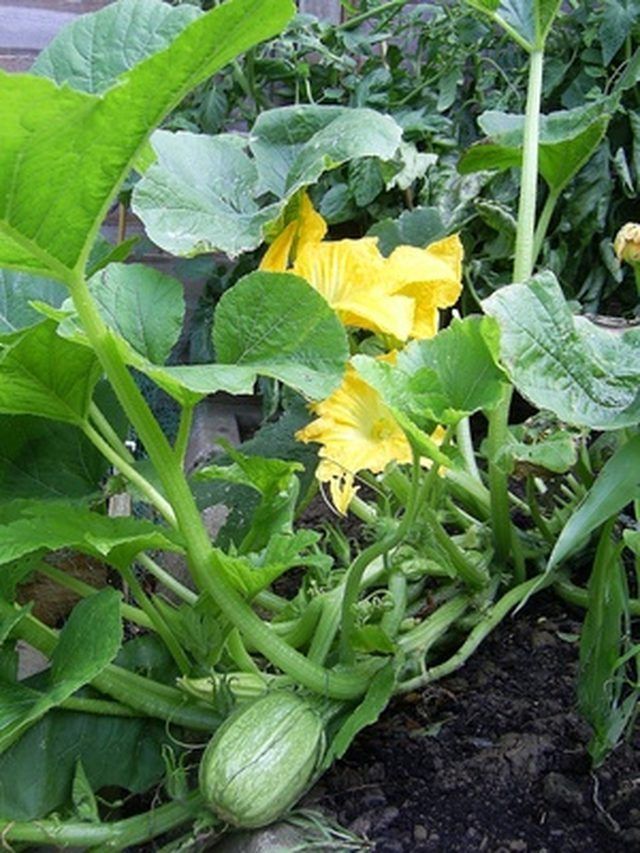Bulbs
Flower Basics
Flower Beds & Specialty Gardens
Flower Garden
Garden Furniture
Garden Gnomes
Garden Seeds
Garden Sheds
Garden Statues
Garden Tools & Supplies
Gardening Basics
Green & Organic
Groundcovers & Vines
Growing Annuals
Growing Basil
Growing Beans
Growing Berries
Growing Blueberries
Growing Cactus
Growing Corn
Growing Cotton
Growing Edibles
Growing Flowers
Growing Garlic
Growing Grapes
Growing Grass
Growing Herbs
Growing Jasmine
Growing Mint
Growing Mushrooms
Orchids
Growing Peanuts
Growing Perennials
Growing Plants
Growing Rosemary
Growing Roses
Growing Strawberries
Growing Sunflowers
Growing Thyme
Growing Tomatoes
Growing Tulips
Growing Vegetables
Herb Basics
Herb Garden
Indoor Growing
Landscaping Basics
Landscaping Patios
Landscaping Plants
Landscaping Shrubs
Landscaping Trees
Landscaping Walks & Pathways
Lawn Basics
Lawn Maintenance
Lawn Mowers
Lawn Ornaments
Lawn Planting
Lawn Tools
Outdoor Growing
Overall Landscape Planning
Pests, Weeds & Problems
Plant Basics
Rock Garden
Rose Garden
Shrubs
Soil
Specialty Gardens
Trees
Vegetable Garden
Yard Maintenance
Squash Bug Prevention & Control
Squash Bug Prevention & Control. For the vegetable gardener, squash bugs prove both a challenge and a nuisance. While rarely bringing death to an infected plant, they damage the vitality of squash plants and cause scarring to the fruit. Early detection as well as handpicking offending bugs from your squash plants provides the best prevention and...

For the vegetable gardener, squash bugs prove both a challenge and a nuisance. While rarely bringing death to an infected plant, they damage the vitality of squash plants and cause scarring to the fruit. Early detection as well as handpicking offending bugs from your squash plants provides the best prevention and control of an outbreak.
Squash Bugs
Squash bugs (Anasa tristis) infest vegetable gardens, feeding on plant foliage, according to the University of California. They pierce plant matter with mouthparts and consume plant sap. With a size of 5/8 inches long, adults have a flat back and gray-brown color. Orange color stripes their abdomens.
Squash Nymphs
Squash bug eggs appear red and cluster together in groups of 15 to 40 beneath leaves and stems of infested plants. With a gestation period of 1 to 2 weeks, eggs hatch to reveal spiderlike, wingless nymphs that have black legs and white to green-gray bodies. These nymphs range in size from 3/16 to ? an inch. As they mature, they molt several times and turn dark brown, eventually growing wings. The maturation process takes 4 to 6 weeks, writes the University of California Extension department.
Signs of Infestation
An infestation of squash bugs causes plants to wilt. As the name indicates, squash bugs feed on plants in the cucurbit family, mainly squash, melons, pumpkins and cucumbers. As these bugs feed on leaves, they deprive plants of water and nutrients. This results in the leaves becoming speckled and browning. The places where the squash bugs attack turn brittle and black. Feeding damages fruit, causing scarring and, in some cases, death.
Prevention
Sanitization provides the best method for preventing an infestation of squash bugs. This includes removing old plants after harvest and removing any signs of squash bugs and eggs throughout the growing season. Providing trellises for some plants reduces the degree of infestation. In addition, varieties like butternut squash and sweet cheese prove more resistant to these bugs.
Control
For squash bug prevention, some chemical alternatives exist to manage bugs. However, insecticides are not always effective as eggs and bugs hide under leaves and around the crown of plants. Rotenone, according to the University of Ohio Extension, works well on young bugs. Apply carbaryl when bugs first appear. For optimal control, repeat application. Among less toxic alternatives to insecticides include lye soaps and oils like canola and neem. For best results, apply these throughout the plant, allowing for deep penetration.